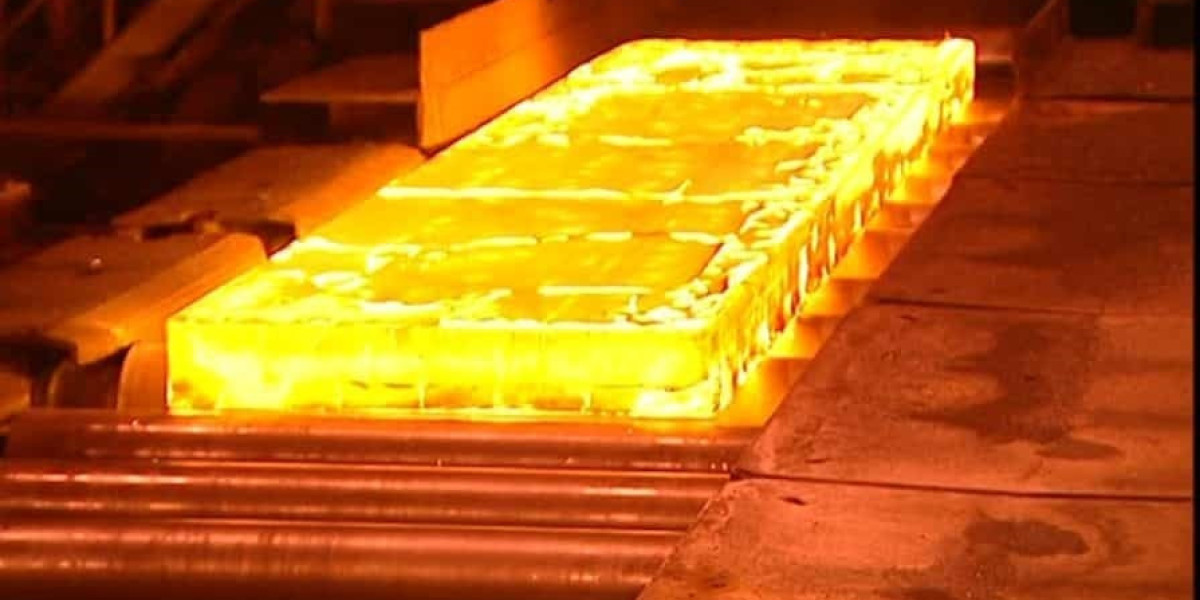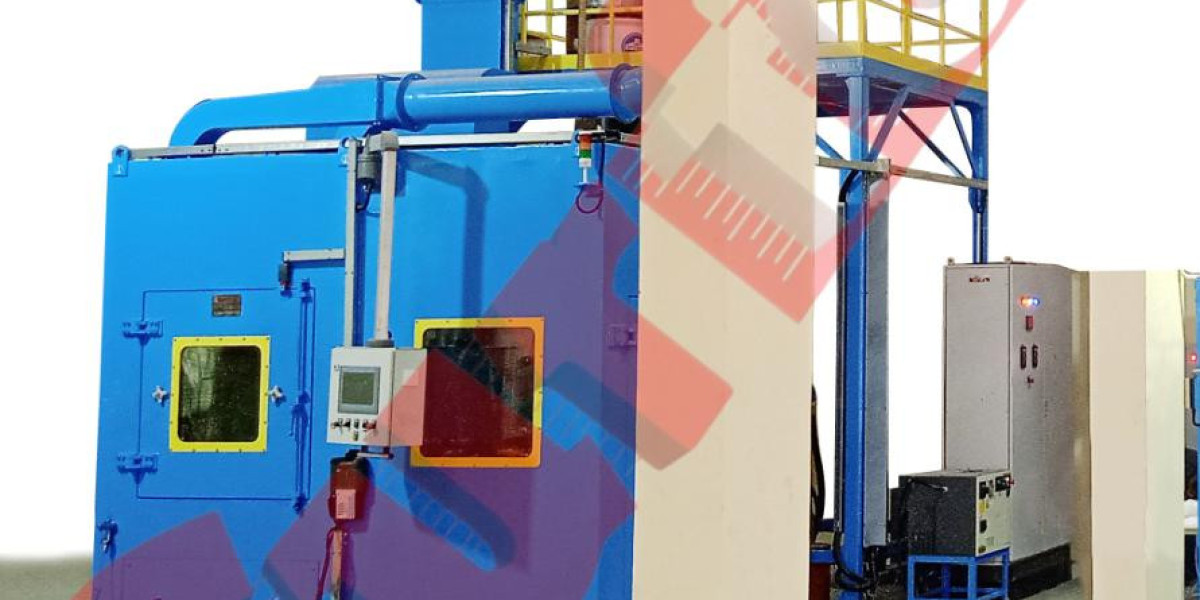1. Temperature
- Annealing Temperature: The annealing temperature is the most critical factor in this process. This temperature should be determined based on the type of material, its chemical composition, and the purpose of annealing. For instance, in the آنیل کامل (full annealing) process of steel, the temperature must be above the critical temperature (Ac3) to form an austenitic structure.
- Temperature Accuracy: Precision in temperature control is also crucial. Temperature fluctuations can lead to undesired changes in the material's structure and properties.
2. Time
- Holding Time: The duration the workpiece is held at the annealing temperature is another factor that must be carefully determined. This time depends on the type of material, the dimensions of the workpiece, and the annealing temperature. Insufficient time can lead to incomplete processing and failure to achieve the desired property improvements.
- Heating and Cooling Rates: The heating and cooling rates of the workpiece also affect its final properties. Generally, slower cooling leads to the formation of a coarser and softer structure, while faster cooling creates a finer and harder structure.
3. Cooling Rate
- Cooling Method: The method of cooling the workpiece after annealing plays a significant role in determining its final properties. Cooling can be done in a furnace, air, oil, or water. Each of these methods has a different cooling rate and, as a result, creates different structures and properties.
- Cooling Rate Control: Precise control of the cooling rate, especially in processes like آنیل کامل (full annealing) that require a specific structure, is essential.
4. Material's Chemical Composition
- Type of Material: The type of material and its chemical composition determine the type of annealing required and the process parameters. For example, high-carbon steels require a different annealing process than low-carbon steels.
- Presence of Alloying Elements: The presence of alloying elements in the material can also affect the annealing process and its final properties.
5. Dimensions and Shape of the Workpiece
- Thickness of the Workpiece: The thickness of the workpiece can affect its heating and cooling rates. Thicker workpieces require more time to heat up and cool down.
- Shape of the Workpiece: The shape of the workpiece can also influence how temperature and stresses are distributed during the annealing process.
6. Annealing Environment
- Type of Environment: The type of environment in which the workpiece is annealed (such as air, vacuum, or specific gases) can affect its surface properties and even its chemical composition.
- Environment Control: Controlling the annealing environment, especially in cases where preventing oxidation or chemical changes to the workpiece surface is important, is necessary.
7. Equipment and Devices
- Annealing Furnace: The type and quality of the annealing furnace affect the accuracy of temperature control and the uniformity of its distribution in the workpiece.
- Control Systems: Temperature and time control systems play a crucial role in the accuracy and repeatability of the annealing process.
Annealing is a complex process with numerous factors affecting its outcome. To achieve the desired properties, all these factors must be carefully controlled and managed. Choosing the appropriate type of annealing, determining the correct parameters, and precisely controlling the process are among the things to consider. By following these tips, you can benefit from the advantages of annealing in improving the properties of materials and increasing their lifespan.









